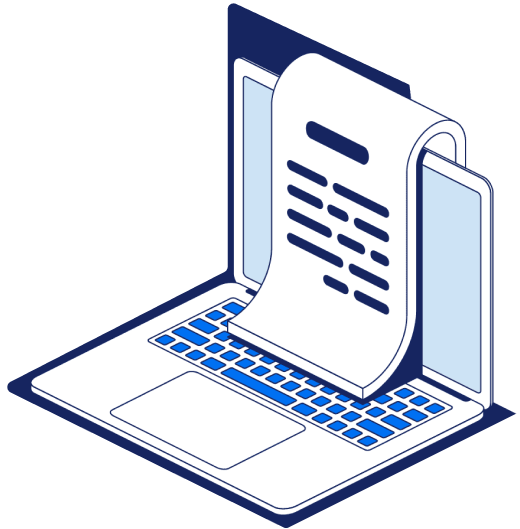مقالات المدونة
انضم إلى قائمة قيود البريدية
بانضمامك لنا سيصلك كل ما يهمك في عالم الأعمال وأحدث العروض والتحديثات القادمة

.png?width=1652&height=1061&name=Award%20(1).png)
طوّر أعمالك مع برنامج قيود المتميز!
حاصل على جائزة أفضل مزود للحلول المحاسبية في المملكة العربية السعودية في عام 2022
- 14 يوم تجربة مجانية
- احصل على كافة المزايا
- احصل على كافة المزايا

















